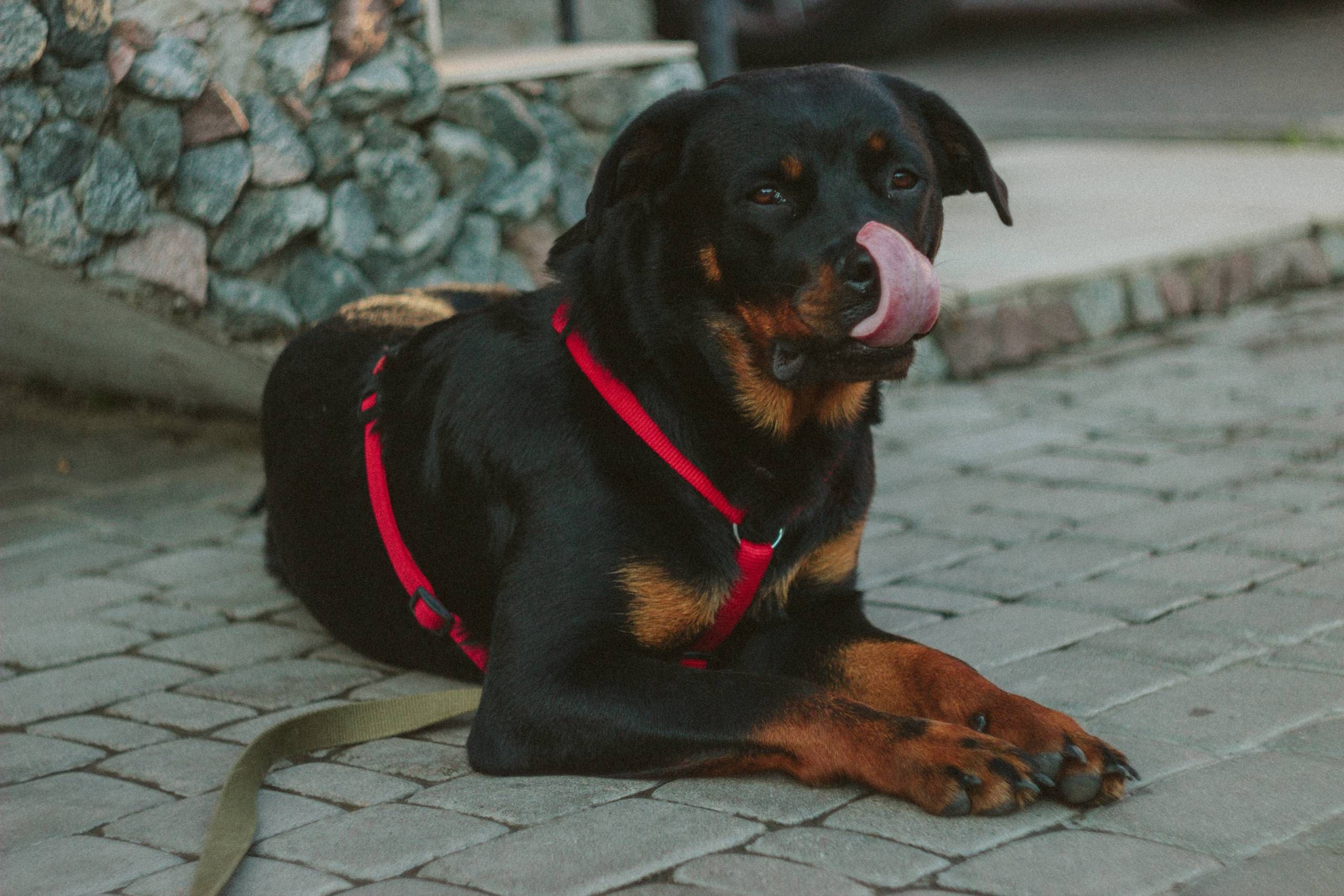When a dog starts to choke, it can be a terrifying experience for any pet owner. A choking dog may exhibit distressing signs such as pawing at their mouth, gagging, or even collapsing. Understanding how to perform the Heimlich maneuver on a dog is crucial knowledge for any dog owner, as it can mean the difference between life and death.
Understanding Choking Hazards
Choking can occur for various reasons, including swallowing foreign objects like toys, bones, or oversized food. As a responsible pet owner, being prepared to respond effectively in an emergency is essential. While it’s always best to seek immediate veterinary assistance when your dog is choking, knowing how to intervene can buy you precious time.
Assessing the Situation
The first step in handling a choking incident is to assess the situation. If your dog is coughing, they may be trying to expel the object themselves. In this case, it’s best to stay calm and observe. However, if your dog cannot cough, breathe, or make any noise, it’s time to take action.
Performing the Heimlich Maneuver
To perform the Heimlich maneuver on a dog, approach the situation with composure. First, position yourself behind your dog. Remaining calm is crucial, as your dog will sense your anxiety, which could increase their stress. If your dog is small, hold them gently but firmly in your arms. For larger dogs, stand behind them and wrap your arms around their waist.
Make a fist with one hand and place it just below your dog’s rib cage. With your other hand, grasp your fist to create the necessary force. Perform a quick thrust inward and slightly upward, similar to the Heimlich maneuver for humans. This action aims to create pressure in the abdomen, which can help expel the object causing the blockage.
For larger breeds, you may need to use a different technique. If they are standing, wrap your arms around their waist and perform the thrust as described. If they are sitting, crouch behind them and push inward and upward with your hands. In both cases, the goal is to generate enough pressure in the abdomen to dislodge the foreign object.
After the Maneuver
After performing the Heimlich maneuver, check your dog’s mouth to see if the object has been expelled. If you can see it, carefully remove it with your fingers, being cautious not to push it further down their throat. If your dog is still choking or showing signs of distress, repeat the Heimlich maneuver until the object is dislodged or you can get to a veterinarian.
Recognize when to seek professional help. If your dog remains in distress after attempting the Heimlich maneuver or loses consciousness, rushing to the nearest veterinary clinic is vital. Choking can lead to severe complications, including suffocation or aspiration pneumonia, so having your dog examined is always wise.
Preventive Measures
In addition to knowing how to perform the Heimlich maneuver, taking preventive measures can help reduce the likelihood of choking incidents. Supervise your dog while they play with toys, especially small ones that could be swallowed. Be mindful of the types of treats you give them, as some can be more prone to causing choking than others.
Feeding your dog appropriately sized food for their breed is also essential. Consider using slow-feeder bowls or puzzle feeders to encourage them to eat more slowly, which helps prevent gulping that can lead to choking.
Training your dog to respond to commands like “drop it” or “leave it” can also be beneficial. If they have something in their mouth that they shouldn’t, you can intervene quickly before it becomes a choking hazard.
Familiarize yourself with your veterinarian’s contact information, including after-hours emergency numbers. Having this information readily available can save crucial time during an emergency.
Being Prepared for Emergencies
Choking is a serious concern for dog owners, but knowing how to give dog Heimlich empowers you to act swiftly and effectively. Keeping a level head and being prepared helps ensure your dog’s safety. Practice these techniques in a safe environment and seek professional training if you feel unsure.
Being a responsible dog owner means being prepared for emergencies. While you can’t prevent every incident, equipping yourself with the knowledge and skills to respond effectively is invaluable. Your dog relies on you for their safety and well-being. By being proactive and knowledgeable, you can create a safer environment for your furry friend. Always stay vigilant and aware of potential hazards that could lead to choking, and take action to protect your dog.
Your dog brings joy, companionship, and love into your life. Understanding how to handle emergencies, like a choking incident, is a vital part of responsible pet ownership. Knowing how to give dog Heimlich is an important step in ensuring your pet’s health and safety. If your dog is ever in distress, don’t hesitate to seek professional help. Your veterinarian is there to support you and your dog, providing guidance and care for any incidents that may arise. Keeping your pet healthy and safe should always be your top priority.

